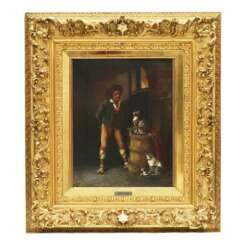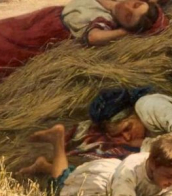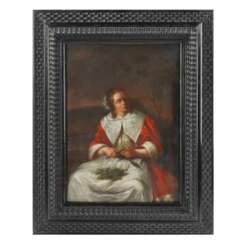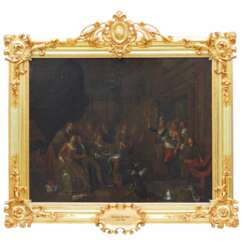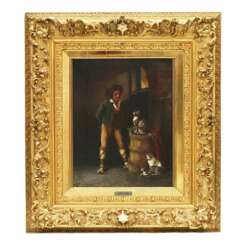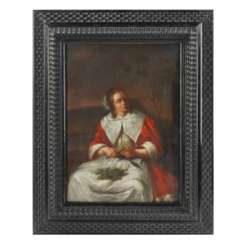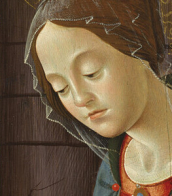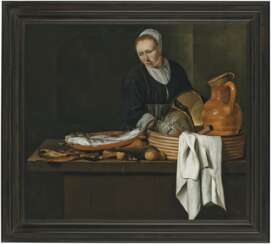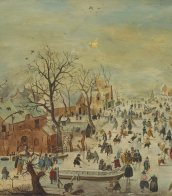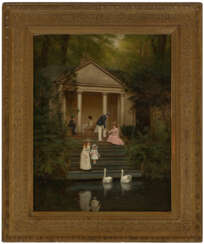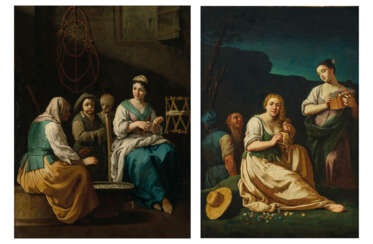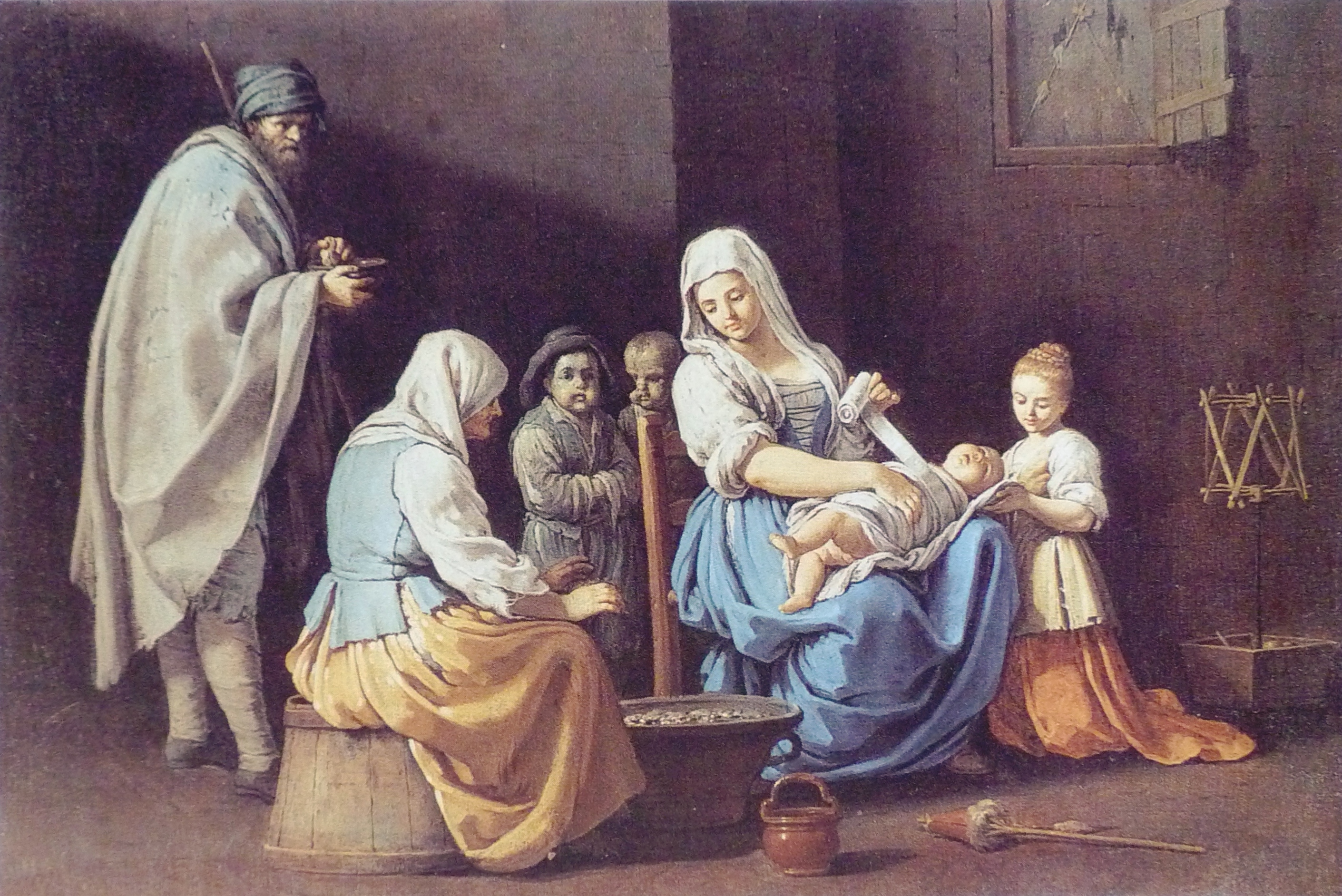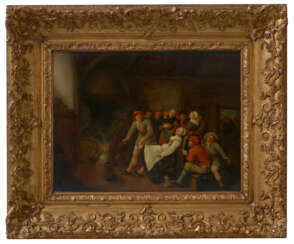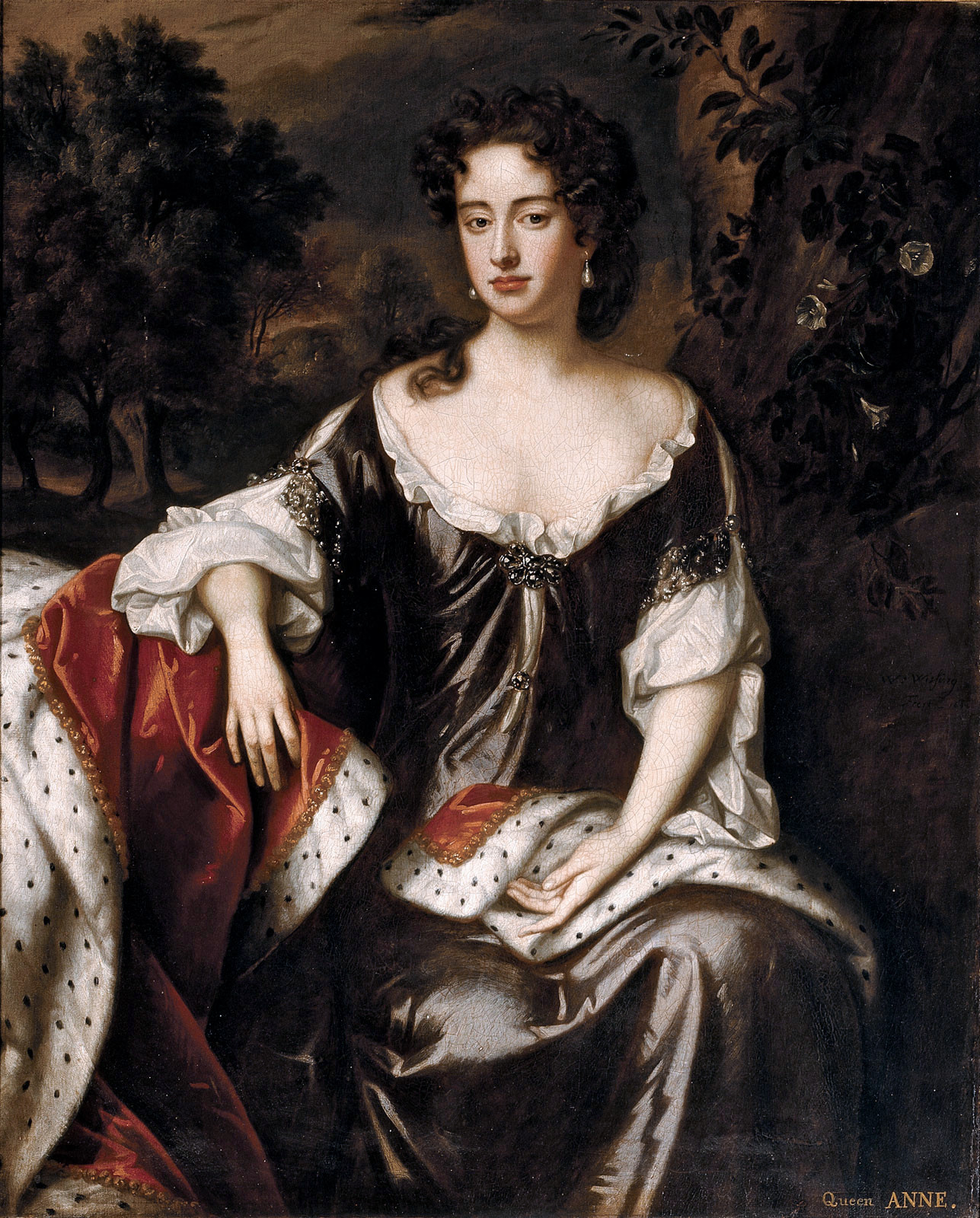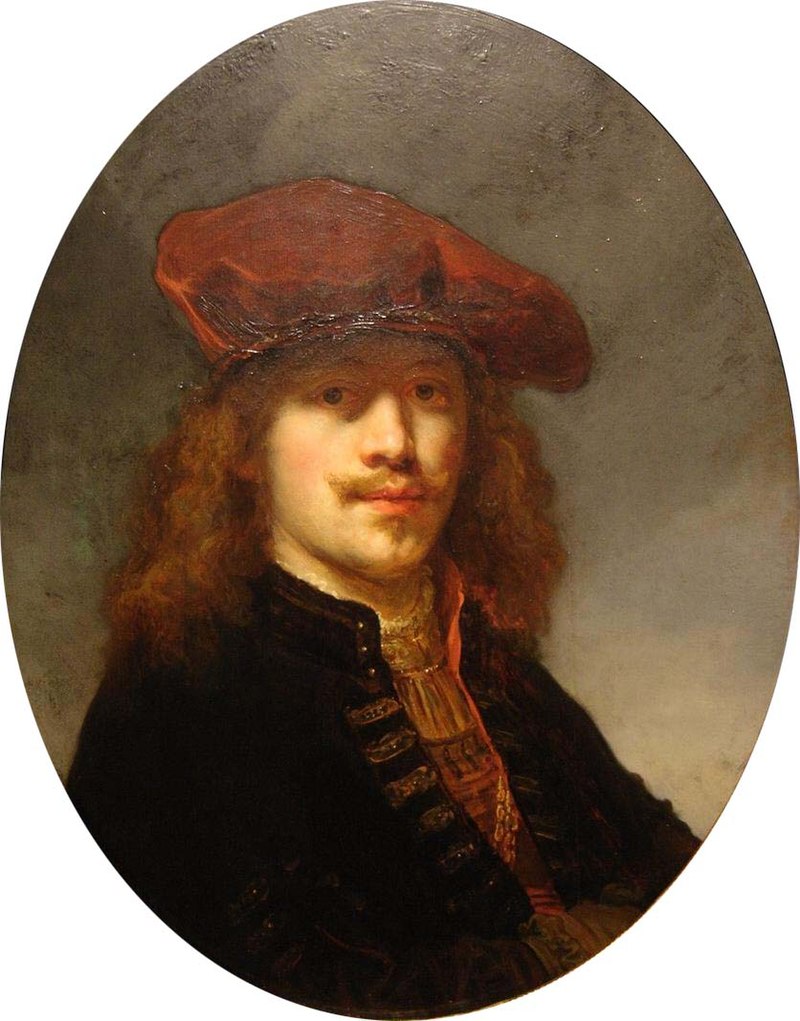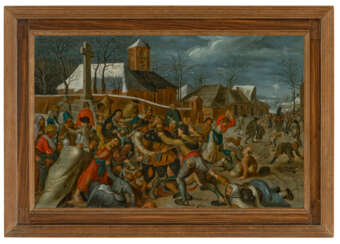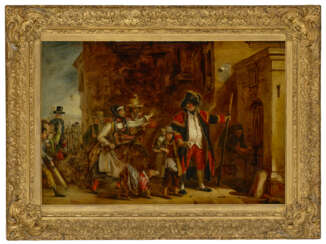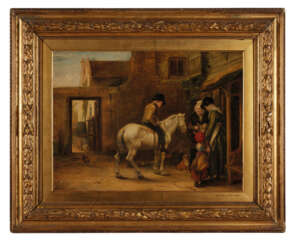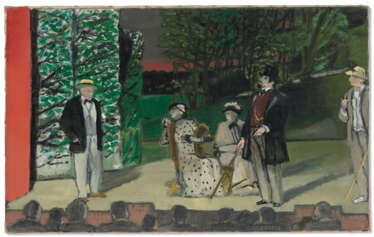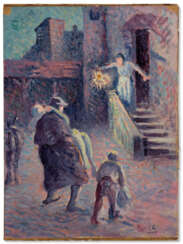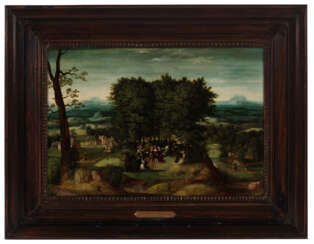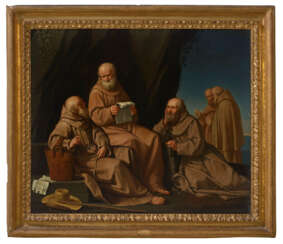жанровая картина маслом
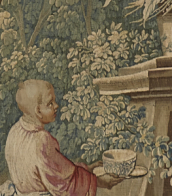

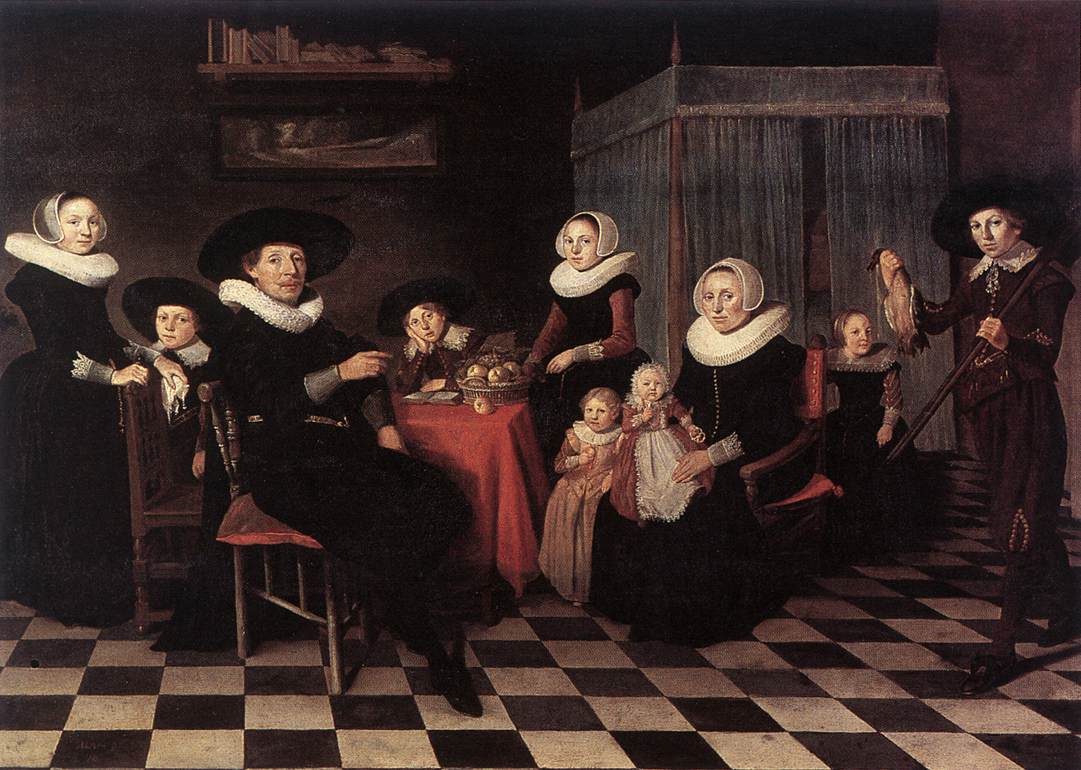
Anthonie Palamedesz was a Dutch portrait and genre painter. He is in particular known for his merry company paintings depicting elegant figures engaged in play, music and conversation as well as guardroom scenes showing soldiers in guardrooms. Like many Dutch painters of his time, he painted portraits and still lifes, including vanitas still lifes. He further painted the staffage in a few views of the interior of churches. He played a major role in the development of genre painting in Delft in the mid 17th century.
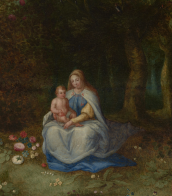
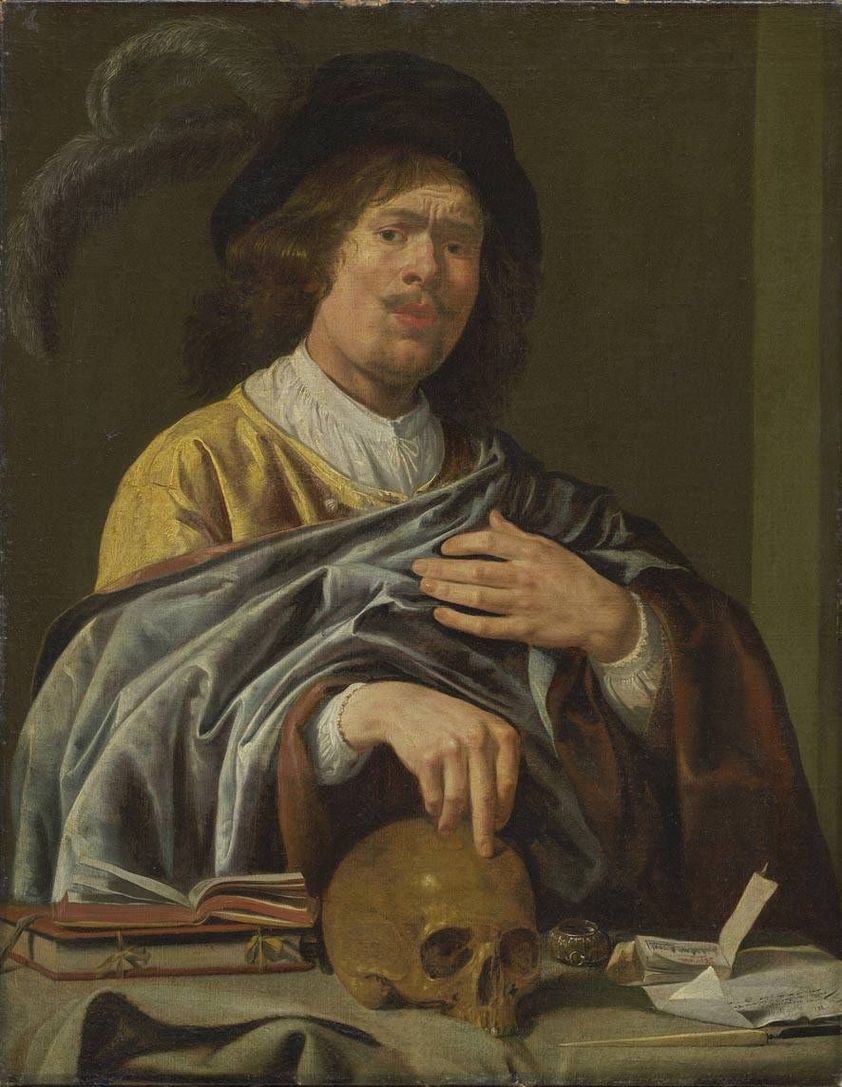
Jan Miense Molenaer was a Dutch painter of the Golden Age of Dutch painting, known for his genre scenes, in particular his depiction of everyday life in the Netherlands in the 17th century.
Jan Minse Molenaer was known for his humorous and lively scenes, often depicting peasants, drunks and musicians. He used a naturalistic style in his works, which were characterized by bright colours and a skilful use of light and shadow. During his career he also painted portraits and religious scenes.
Molenar was a member of the Haarlem Guild of St. Luke and his works were in great demand during his lifetime.

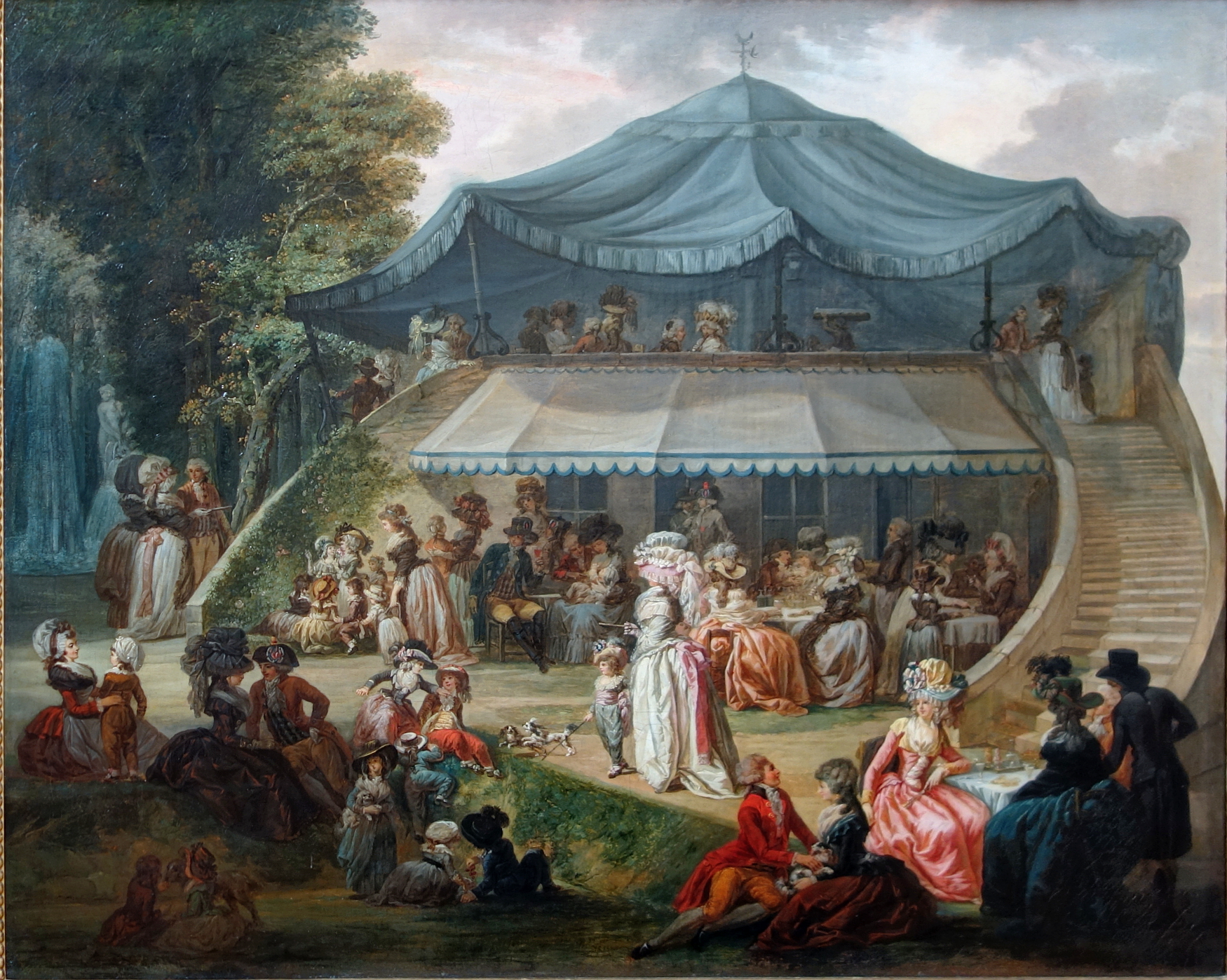

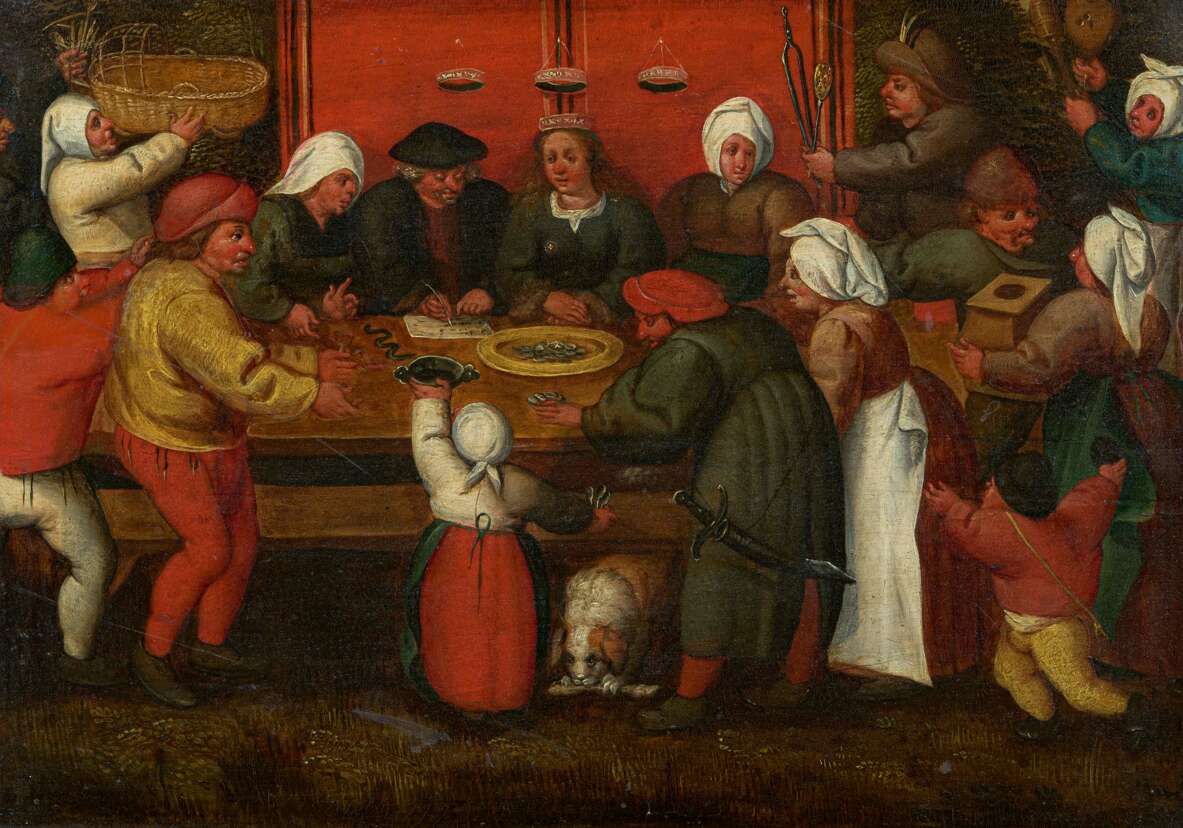
Marten van Cleve the Elder was a Flemish painter and draftsman active in Antwerp between 1551 and 1581. Van Cleve is mainly known for his genre scenes with peasants and landscapes, which show a certain resemblance with the work of Pieter Bruegel the Elder. Marten van Cleve was one of the leading Flemish artists of his generation. His subjects and compositions were an important influence on the work of Pieter Brueghel the Younger and other genre painters of his generation.
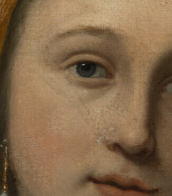
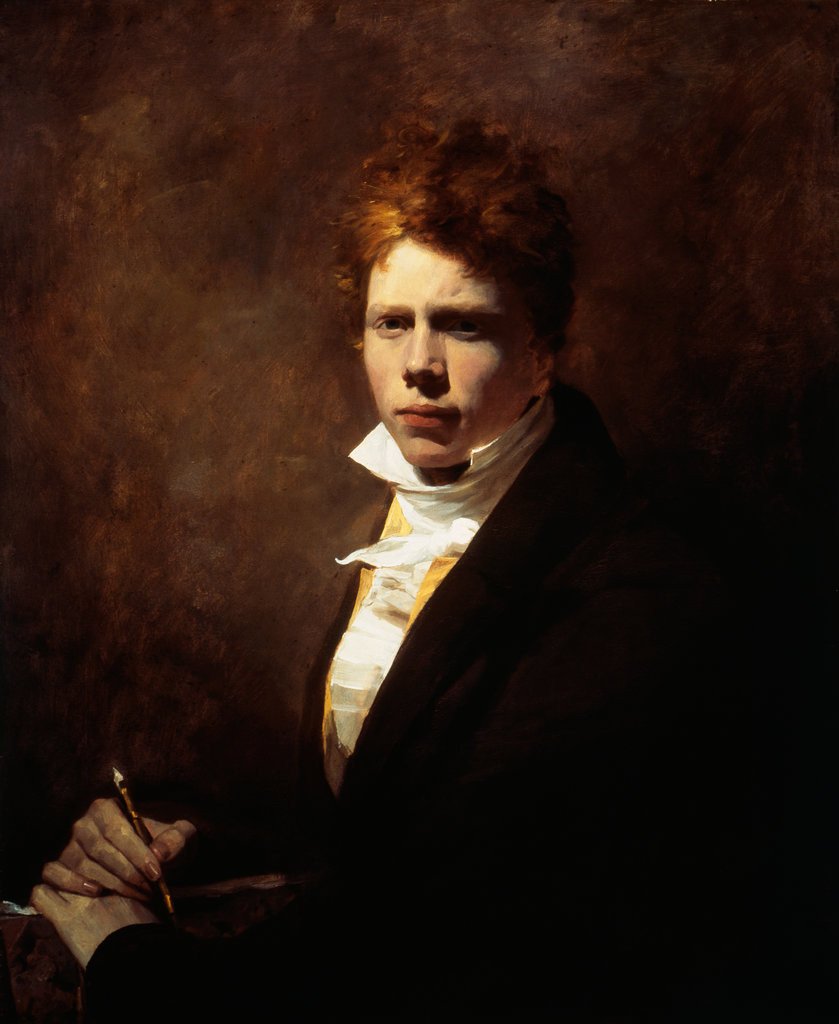
David Wilkie was a Scottish painter, especially known for his genre scenes. He painted successfully in a wide variety of genres, including historical scenes, portraits, including formal royal ones, and scenes from his travels to Europe and the Middle East. His main base was in London, but he died and was buried at sea, off Gibraltar, returning from his first trip to the Middle East. He was sometimes known as the "people's painter".
He was Principal Painter in Ordinary to King William IV and Queen Victoria. Apart from royal portraits, his best-known painting today is probably The Chelsea Pensioners reading the Waterloo Dispatch of 1822 in Apsley House.


David Wilkie was a Scottish painter, especially known for his genre scenes. He painted successfully in a wide variety of genres, including historical scenes, portraits, including formal royal ones, and scenes from his travels to Europe and the Middle East. His main base was in London, but he died and was buried at sea, off Gibraltar, returning from his first trip to the Middle East. He was sometimes known as the "people's painter".
He was Principal Painter in Ordinary to King William IV and Queen Victoria. Apart from royal portraits, his best-known painting today is probably The Chelsea Pensioners reading the Waterloo Dispatch of 1822 in Apsley House.

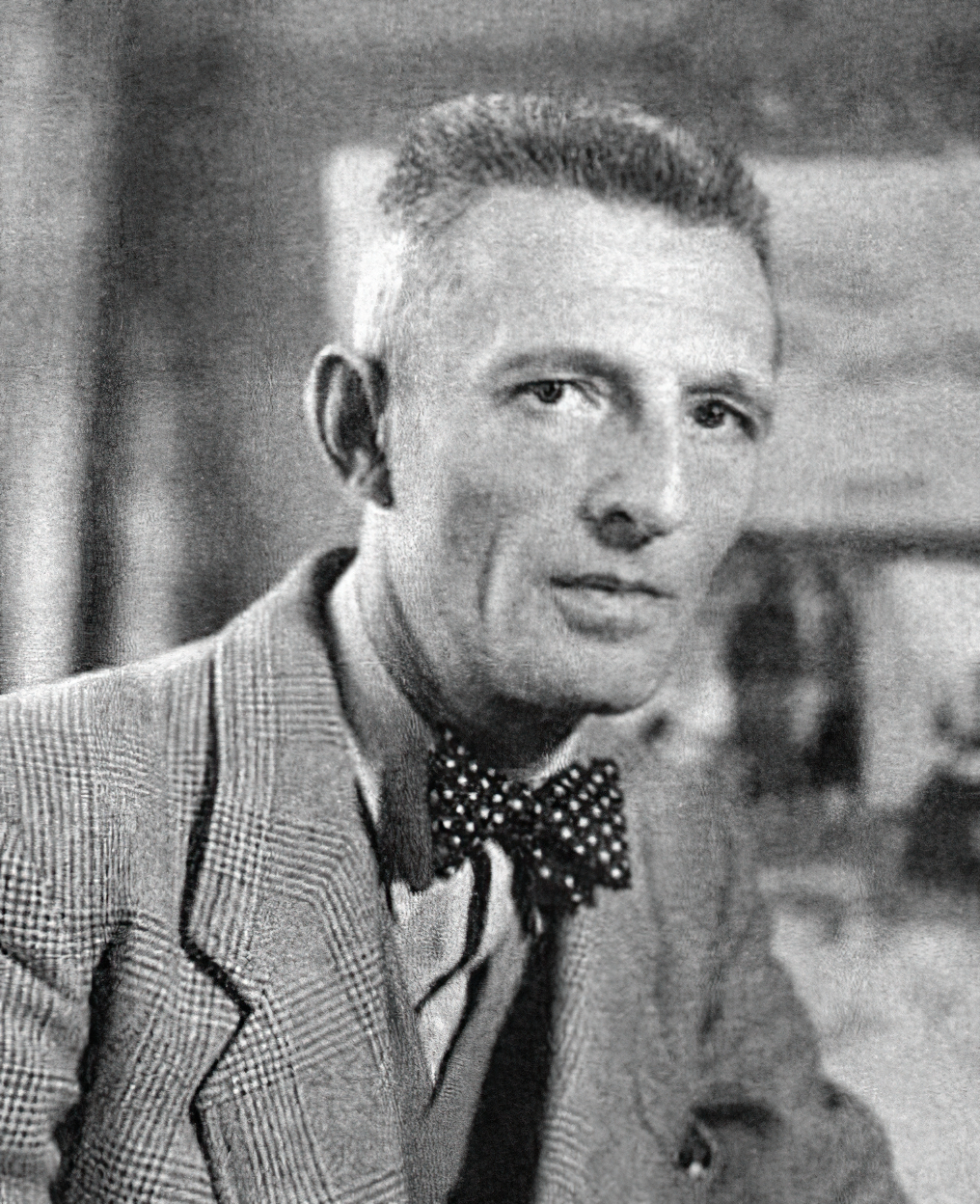
Maurice Brianchon was a French painter.
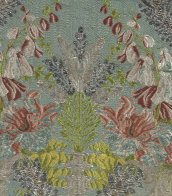
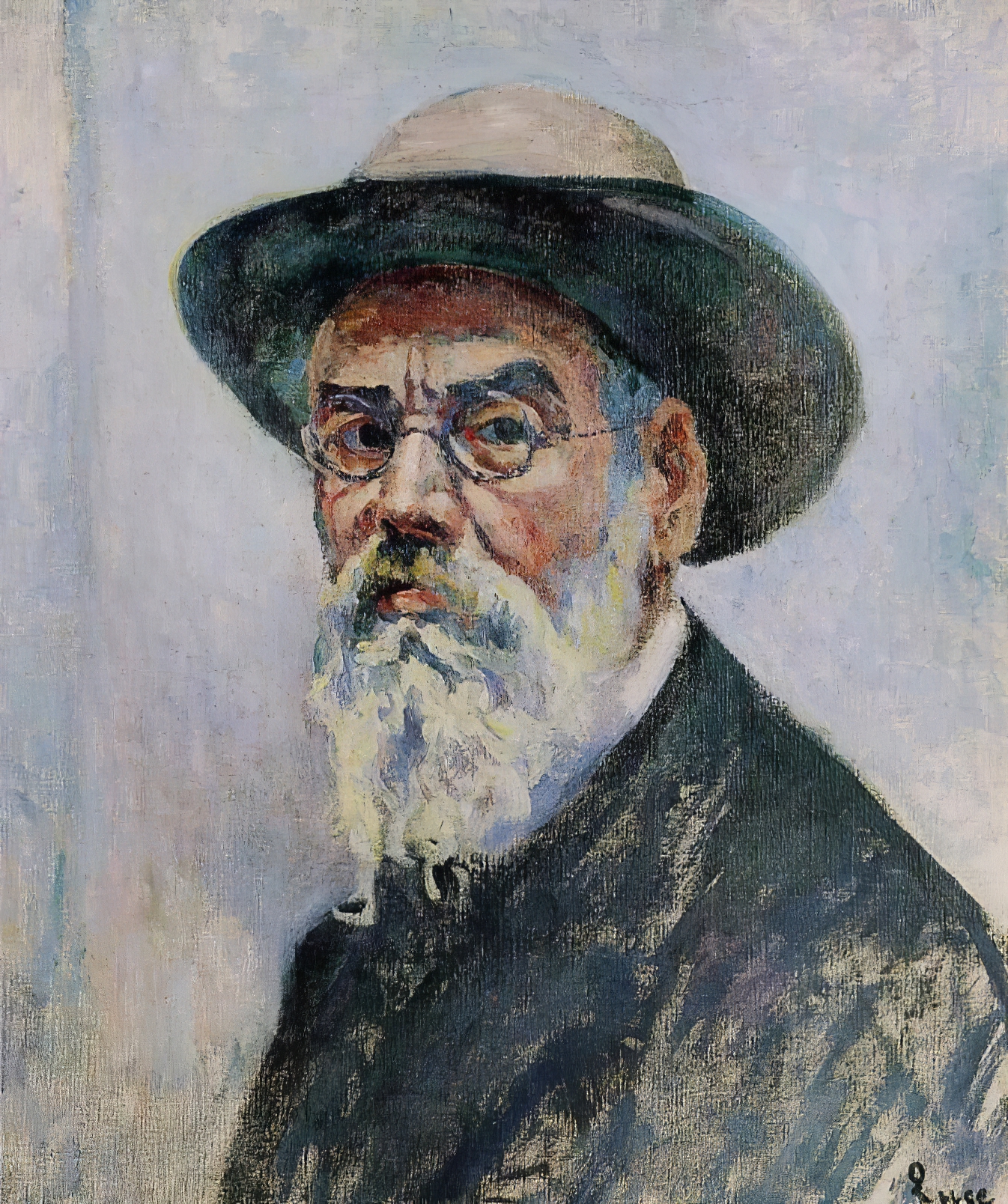
Maximilien Luce was a prolific French Neo-impressionist artist, known for his paintings, illustrations, engravings, and graphic art, and also for his anarchist activism. Starting as an engraver, he then concentrated on painting, first as an Impressionist, then as a Pointillist, and finally returning to Impressionism.
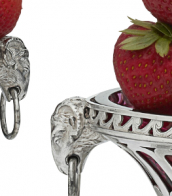

Joachim Patinir (Dutch. Patinier, Patenier) was a Flemish painter, one of the founders of European landscape painting.
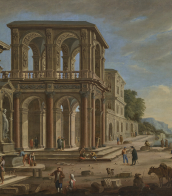
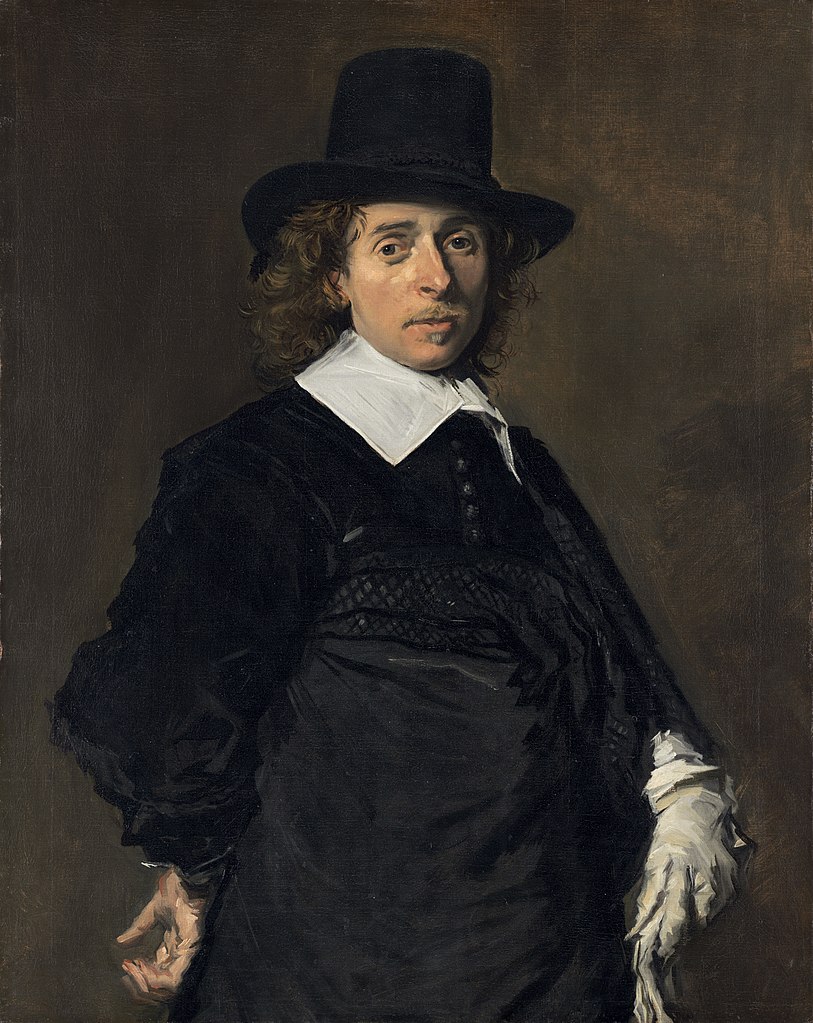
Adriaen van Ostade was a Dutch Golden Age painter of genre works, showing everyday life of ordinary men and women.

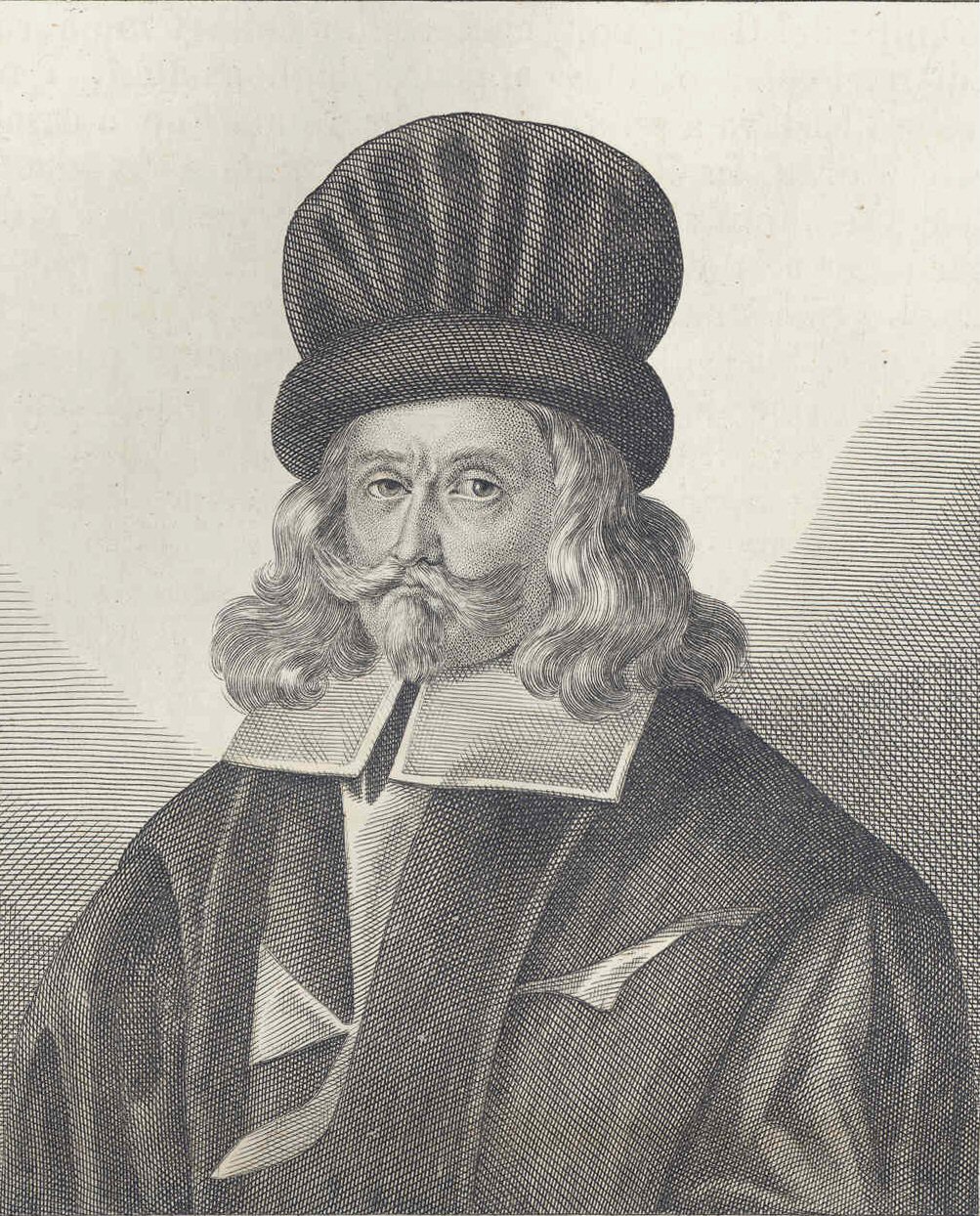
Mattia Preti was an Italian Baroque artist renowned for his dynamic and dramatic style, heavily influenced by Caravaggio. Born in Taverna, Calabria, in 1613, Preti's work spanned Italy and Malta, where he became a Knight of the Order of St. John and significantly contributed to the artistic landscape with his religious and mythological scenes. His career took him from Rome, where he was influenced by major painters of the early 17th century like Domenichino and Pietro da Cortona, to Naples and finally Malta, where he left an indelible mark on the St. John's Co-Cathedral through a series of paintings on the life and martyrdom of St. John the Baptist.
Preti's work is characterized by a rich Caravaggesque influence, noted for its vivid naturalism and dramatic use of light and shadow. However, his later works also display a blend of influences, including Neovenetian atmospheres and a reflection on Bolognese classicism, showcasing his versatility in adapting and synthesizing various stylistic elements of his time. Preti's paintings are celebrated for their emotional intensity and the ability to convey complex biblical and historical narratives with a profound sense of humanity and divine inspiration.
His paintings are held in prestigious museums worldwide, including the Louvre in Paris, the Museo del Prado in Madrid, and the National Museum of Fine Arts in Malta, featuring masterpieces such as "The Martyrdom of St. John the Baptist" and "The Death of Sophonisba". Preti's commitment to Caravaggesque vocabulary, even as he explored the influences of Veronese and possibly Rembrandt, showcases his unique position in the Baroque era, bridging the gap between Caravaggio's intense realism and the emerging Baroque idealism.
For collectors and experts in art and antiques, the legacy of Mattia Preti offers a fascinating study in the evolution of Baroque painting, reflecting the complex interplay of light, shadow, and color that defines the period. His works continue to inspire and captivate audiences, bearing testament to his skill and creative vision.
To stay informed about new discoveries, sales, and auction events related to Mattia Preti, consider signing up for updates. This service will keep you abreast of the latest opportunities to engage with Preti's enduring artistry, ensuring you're well-informed about developments related to this key figure in Baroque painting.

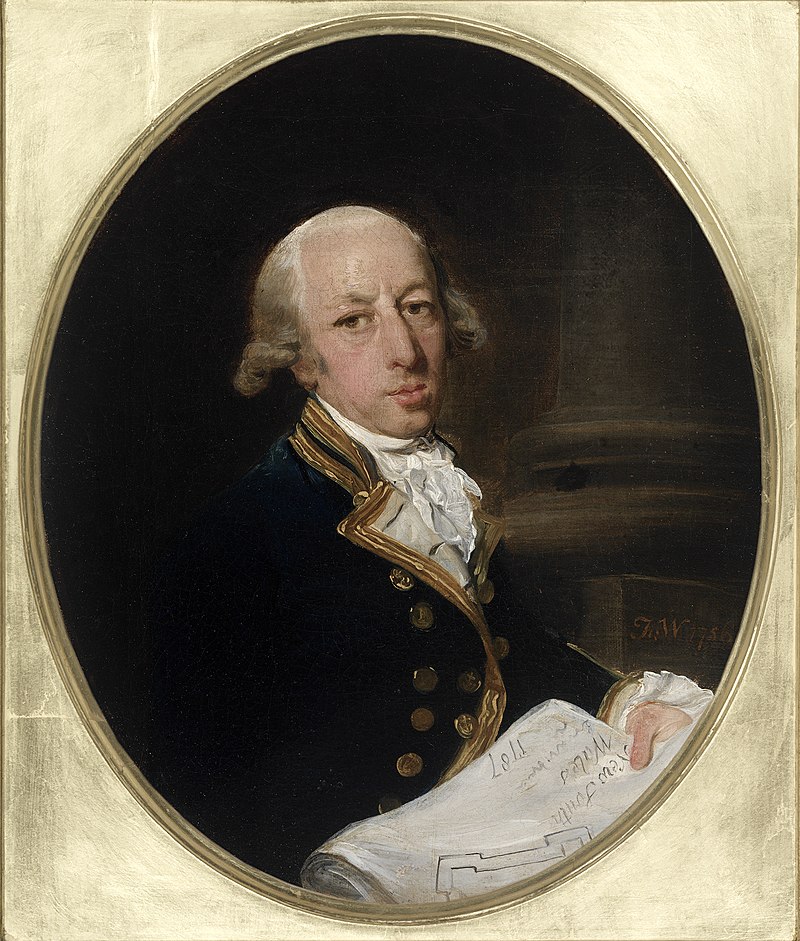
Francis Wheatley was a British painter and illustrator, a Fellow of the Royal Academy of Arts.
He successfully studied at the Royal Academy of Arts, but was soon forced to flee to Ireland, where he established himself as a portrait painter and created one of his most famous works, "The Irish House of Commons". Wheatley also painted genre scenes from rural life, landscapes. Later, back in England, Wheatley collaborated with print publisher John Boydell and created works for the Shakespeare Gallery that were later engraved, and it was his illustrations of novels and various genre subjects that formed Wheatley's enduring reputation as a talented illustrator.
In 1791 Wheatley was elected a full member (Academician) of the Royal Academy of Arts.
Today, Francis Wheatley is best known for his two portraits of Admiral Arthur Phillip, the founder of the permanent British settlements in Australia, which today always illustrate the history of the exploration of the Australian continent.

